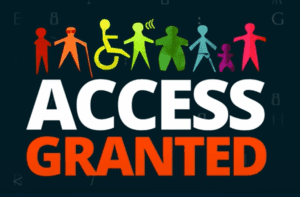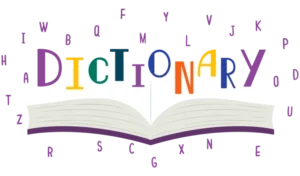By Susanne Meyer
Recently, US Supreme Court Judge Gregory Woods found that Title III of the ADA does not require retailers to add Braille to their gift cards. This judgment came in the wake of a coordinated effort by a small group of plaintiffs’ attorneys who had inundated the New York federal courts with a wave of more than 200 boilerplate lawsuits. Judge Woods justified his decision on the grounds that the plaintiff had not demonstrated that he is actually significantly inconvenienced by the retailer-in-question’s lack of Braille on their gift cards because he has not demonstrated that he actually patronizes the establishment, much less has a need for gift cards. Indeed, the copy-and-paste nature of the lawsuit is obvious in the fact that it names Banana Republic as a “food establishment”.
These kinds of frivolous, for-the-sake-of-suing lawsuits are extremely damaging to the disability community at large. For one thing, they portray people with disabilities as a group as vindictive individuals who just sit around and wait for their opportunity to “stick it to the man”. The sloppy nature of the research and execution behind the lawsuit paints a portrait of a population that is lazy and not interested in productive feedback and collaboration so much as in a quick undeserved payout. As a result, such lawsuits hinder the process of disability inclusion because they instill in companies and their decision-makers the perception that people with disabilities are an enemy of whom they should be wary, rather than that they represent a great untapped pool of talent eager to break into and flourish within the workforce. Moreover, if frivolous disability-related lawsuits overwhelm the courts, they will inevitably drown the smaller number of legitimate lawsuits, and the proverbial baby will be thrown out with the bathwater – legitimate lawsuits will become associated with the boilerplate ones, and not given the attention they deserve.
Some might argue that any publicity is good publicity and that copy-and-paste lawsuits, despite their shortcomings, draw much-needed attention to the issue of disability. If this increased awareness outweighs the downside of the frivolity, then they might still be a good thing overall. I don’t think that is true in this case. Simply being aware of the accessibility struggles of people with disabilities doesn’t do any good if these challenges aren’t framed as something that we can, and should, fix. If they are portrayed as weapons to be used to terrorize society at large, then they become a wedge between the disability community and those who fear its lawsuits.
Apart from this general, theoretical concern, there is another reason for which Judge Woods made the right call in throwing out the lawsuit. The plaintiff wanted retailers to be required to add Braille to their gift cards. While this would increase their accessibility for him and his Braille-reading peers – but an increasingly small percentage of blind people actually read Braille. Print alone is no good, the accessibility community agrees, and print and Braille is certainly preferable – but it’s not good enough. The whole point behind accessibility is to make places, documents, and applications as accessible as possible to as many people as possible. We call this inclusive design, and we now have the means to overcome accessibility barriers not only for one group of people at a time but for many groups of people at the same time. For example, instead of adding Braille to gift cards, we might consider adding QR codes. Blind people could scan these, and have the screen reader on their phones read out the necessary information. Dyslexic people would be spared from having to decipher the print on the cards and could use the same feature to absorb the information by ear. People with mobility impairments might benefit because it is a lot easier to position a smartphone camera over a gift card than it is to swipe that card or to type in its number. QR codes on gift cards, or an equivalent solution, could even benefit those who have no disability at all – a digital record could be adjusted to keep track of the remaining value on a gift card rather than requiring people to memorize how much money they have left, or having to manually check.
Ever-advancing technology affords us a myriad of potential solutions to problems that have been inconceivable in the past. When we run into an accessibility barrier and need to head back to the drawing board anyway, then, we should aim to overcome this barrier in a way that will maximally benefit as many people as possible – we need to aim for inclusive design, and not just for localized and highly specific solutions. Thus, apart from being frivolous, the Braille-on-gift-cards lawsuit was simply not ambitious enough.
Please share your experiences with accessibility lawsuits or your general thoughts on the issue in the comments. We always love hearing from you.





